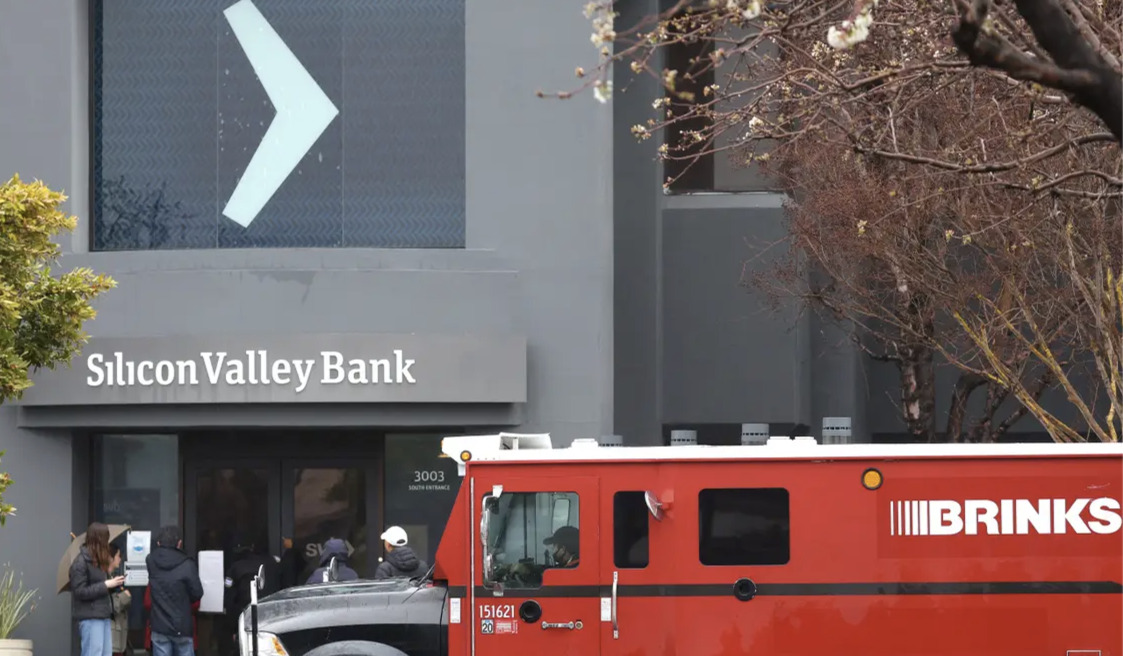안전놀이터: 토토친구의 신뢰할 수 있는 추천
안전놀이터와 토토친구의 역할 안전놀이터의 중요성은 이용자의 안전과 직결됩니다. 토토친구는 이러한 안전놀이터를 추천하고 보증하는 역할을 합니다. 이 플랫폼은 빅데이터와 철저한 검증을 통해 사용자에게 신뢰할 수 있는 업체 정보를 제공합니다. 이를 통해 이용자는 안전하게 토토사이트를 이용할 수 있으며, 사기나 불법적인 활동으로부터 보호받을 수 있습니다. 추천 및 보증업체의 선택 기준 토토친구는 엄선된 기준을...



















